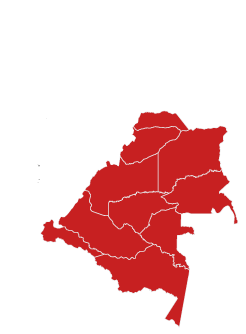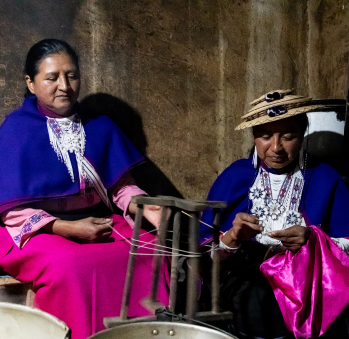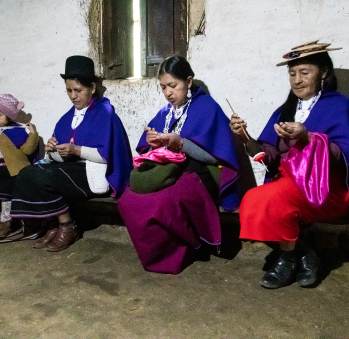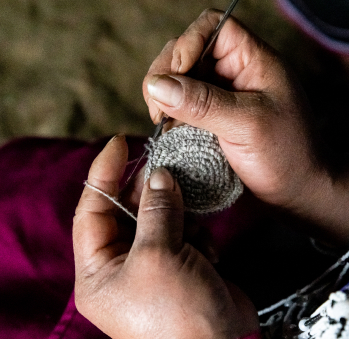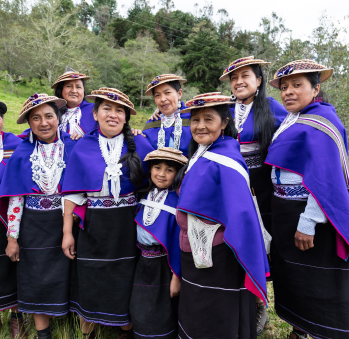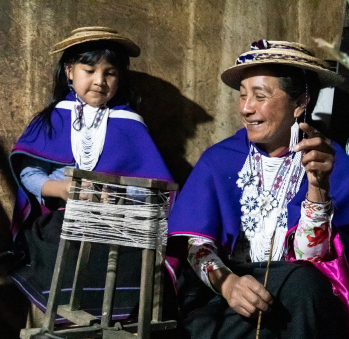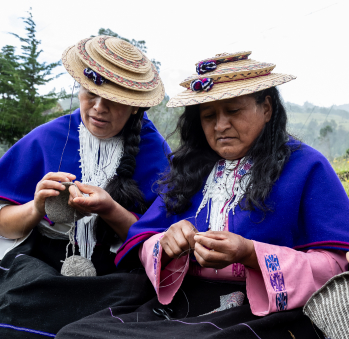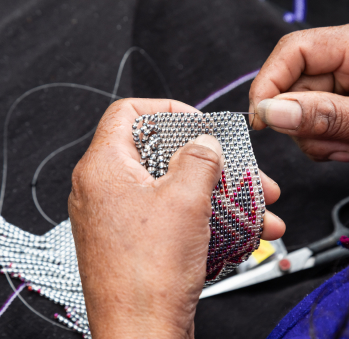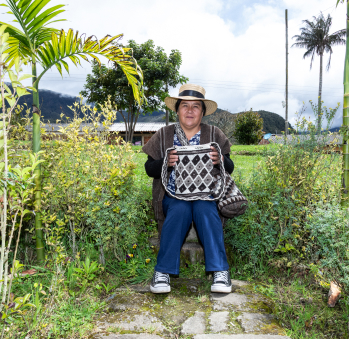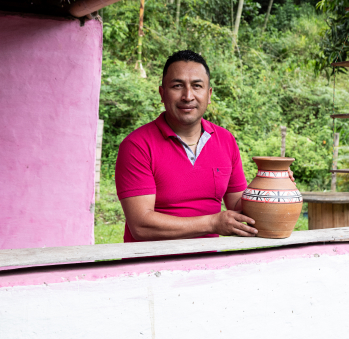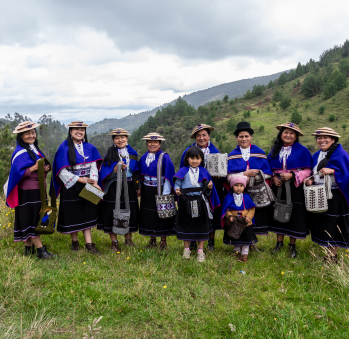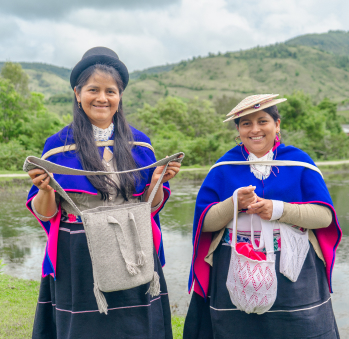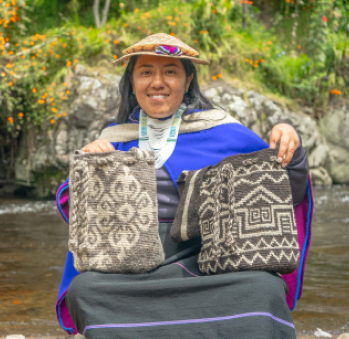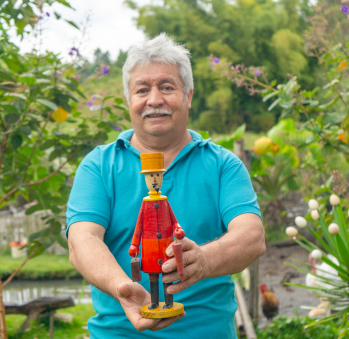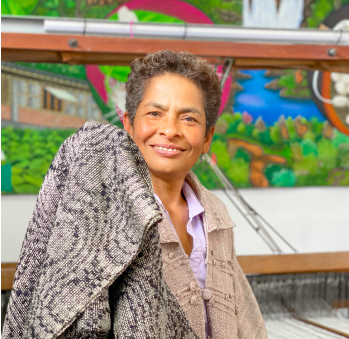Asociación Kansuy
Workshop: Asociación Kansuy
Craft: Weaving
Trail: Popayán-Páez Route
Location: Silvia, Cauca
SCHEDULE YOUR VISIT
Silvia, vereda Tranal. Sepuede llegar en moto o en carro (los manda a recoger, lo esperan en Silvia)
3135022687
jeny18.calambas@gmail.com
@artesanias_kansuy
@p/Kansuy-100035369031573
Jeny Calambás speaks on behalf of the Kansuy Association, an artisan group that proudly carries the legacy of the Misak—also known as Guambiano—indigenous community. They live in Tranal, a small village about six kilometers from Silvia, the birthplace of this peaceful people who speak softly, as if dragging the words along with affection. When Jeny describes her landscape, she focuses on the clouds, the mist that wraps the mountains and decorates their days, and the cold they shield from with skirts and wool and cotton ruanas woven by hand.
The Calambás are a large family, and nearly all the residents of Tranal share the surname—descendants of renowned healers, thinkers, and artists. Artisans, too, of course—especially weavers, as that is the craft the women of this community have practiced for generations. Threads accompany their childhood and become the tools through which they grow into women capable of carrying an entire family on their shoulders.
Jeny shares that her mother, Cayetana Ussa, was the one who passed down all the knowledge she needed about weaving—which, of course, isn’t just about weaving, but about life itself. And so it goes: from each mother to her daughter. Her father, Samuel Calambás, also played a part, teaching her a love for the land, respect for the chagra that gives food, a deep sense of solidarity and family, and affection for their native language—so essential to preserving their indigenous identity. This is why Jeny values the agro-environmental school so deeply, where children grow in close harmony with their surroundings. They know that each child is a seed of Misak wisdom that will one day bloom and bear fruit.
She sees herself as a bearer of tradition, and that brings her joy. She knows that what she learned, other girls will learn too. First, they are taught to spin sheep’s wool, around the age of eight. Then comes the easier part: weaving the straps for the traditional mochilas. Next, they learn to make a small ruana for a brother or father, until they’re ready to take a greater step—one that requires patience above all: weaving the anaco, the long, warm, black skirt of about two meters in length that each woman wraps around her waist. Its color symbolizes the earth, the place of planting and harvesting, a metaphor for what is born. And finally, they will weave the chumbes, the symbolic belts tied around the belly that will one day carry life. These belts are full of meaning, telling stories where green mountains cradle the maize amid a white, pure landscape, with brotherhood, skies, and water embroidered in blue, and red-fuchsia threads that speak of sacrifices from the time of the conquest to the present.
But this story—so rich and full—wouldn’t be complete without mentioning how clearly they understand the need to preserve their legacy. Their youth have become entrepreneurs, determined to remain on their land, working in and for their community. They’ve also taken up pottery, and the school is empowering the youngest ones. Lastly, they’ve formed research groups to study their past, digging through stories and documenting them so they are never forgotten.They seem to follow the formula by which, in order to prevent their culture from disappearing, they must not forget their roots. What a joy.
Craft

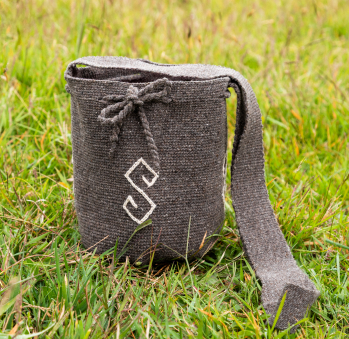
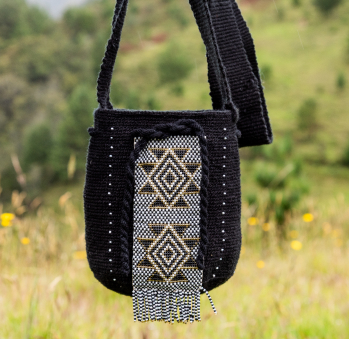
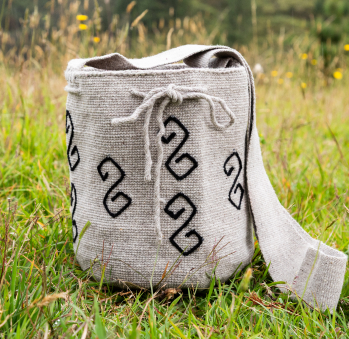
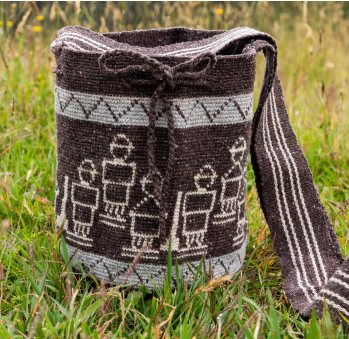
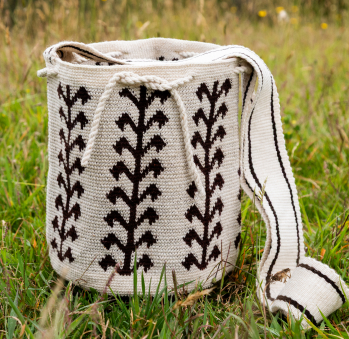
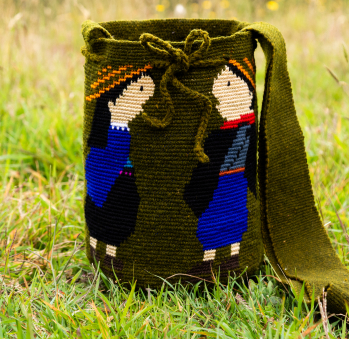
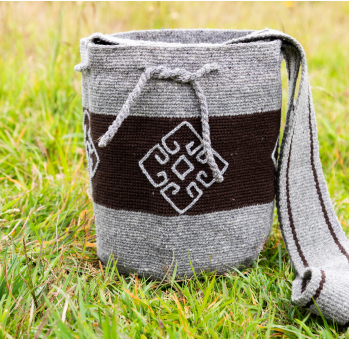
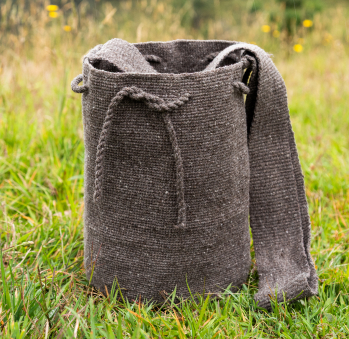









Artisans along the way
Artisans along the way
No puede copiar contenido de esta página

